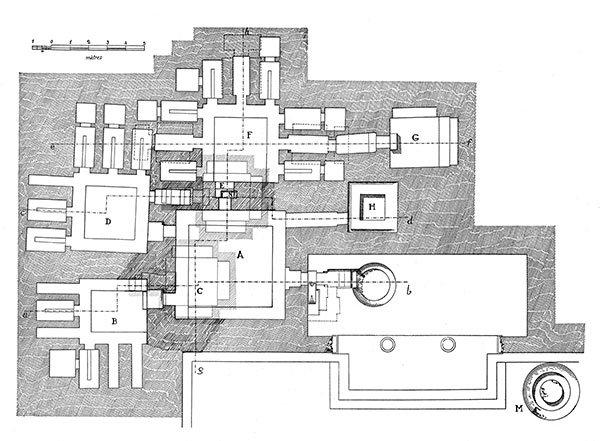Image Details

Vincent and Steve, Jerusalem de l’Ancien Testament, pl. 89
INSIDE THE TOMB. An intricate maze of chambers and hidden passageways underscores the importance of the individuals interred in this burial complex. Upon entering the tomb, one came into Chamber A, an anteroom around which Chambers B, D, F and H radiated. Chambers B, D and F contained loculi—kokhim in Hebrew—long burial niches carved into the walls, usually at least 6 feet deep. Chamber F also contained arcosolia, shallow shelves with arched ceilings carved into the chamber’s walls. Usually these were used for sarcophagi. Loculi and arcosolia, each intended for individual burials, were common features in Second Temple period tombs.
Chambers C and E were located beneath the other rooms and accessed through secret tunnels. The passage to Chamber C was located behind a moveable stone bench in Chamber B, and Chamber E could be accessed through a passageway at the end of a loculus in Chamber D. Chambers C and E each contained three arcosolia.
Chamber G could be accessed through a hidden opening in the wall under the north arcosolium in Chamber F. The opening, leading into a loculus open at its other end, was covered by a stone that had been cut to perfectly fit the space. The passage at the end of the loculus descended into Chamber G, which contained a single arcosolium.
Queen Helena was likely buried in Chamber G, the most difficult room to reach. The importance of this chamber is underscored by its position on the same axis as the tomb’s façade.44 The inscribed sarcophagus, on the other hand—which is supposed by many to belong to Queen Helena—was found in Chamber C.
